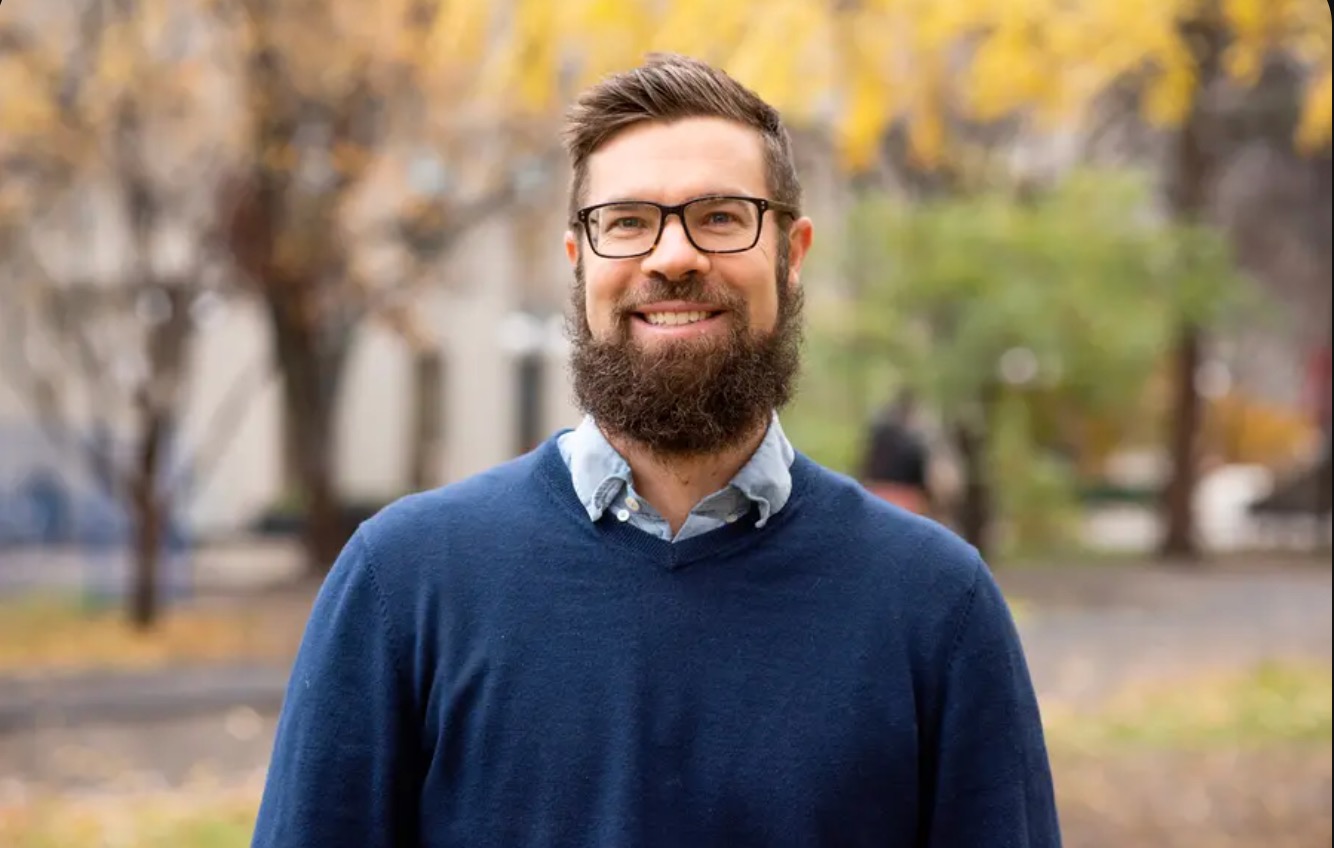
As announced earlier this summer, the Canadian Space Agency will contribute to the European Space Agency’s (ESA) Ariel space telescope mission that will launch in 2029. Nicolas Cowan, Associate Professor in the departments of Physics and of Earth & Planetary Sciences at McGill, has been appointed co-Principal Investigator of the Ariel mission, and will join ESA’s Ariel Science Team.
The first astronomy mission of its kind, Ariel (atmospheric remote-sensing infrared exoplanet large-survey) will study the atmospheres of a large and diverse sample of exoplanets, planets orbiting other stars in the Galaxy. It will allow scientists to study the chemical composition and temperature of exoplanet atmospheres to better understand planet formation and atmospheric phenomena. Ariel will study approximately a thousand such planets, measuring the molecules, clouds, winds and thermal structure of their atmospheres.
“I am stoked that Canada and Canadian scientists will be part of this mission because this is the obvious next big thing happening for exoplanets,” says Cowan, Canada Research Chair in Planetary Climate. Up to 12 Canadian astronomers will also gain privileged access to Ariel’s data.
How planets work
“With the possible exception of biology, planets are among the most complex things in the universe,” says Cowan. “They’re much more complicated and have more moving parts than stars or black holes.”
“We can ask simple questions like how do clouds form on this planet? Why is it windier or cloudier on this planet than on that planet? Why did this planet end up with water at the surface and the other one didn’t? Why does this planet have an atmosphere of carbon dioxide and this other planet is all nitrogen? But the complexity means that we can’t predict it from one planet to the next,” he says. “Most of our research is trying to figure out the underlying principles of how planets work.”
Being able to study multiple planets at the same time, Ariel scientists hope to be able to plot patterns among planets with similar atmospheres.
“Really, it’s trying to understand planets in a statistical sense,” says Cowan. “If I look at hundreds and hundreds of a certain kind of planet, can I detect trends?”
Canadian cryoharnesses and science
Canada will contribute crucial electrical cables known as cryoharnesses. These cables will connect the telescope’s complex detector arrays to the spacecraft’s computer, transmitting the signal through a wide range of temperatures (from -230 °C to 20 °C) without transmitting too much heat.
“It sounds kind of trivial, but, actually, it is not at all obvious how to make a cable that will conduct an electrical signal from one end of the telescope to the other without conducting heat,” says Cowan. “Because the telescope is observing thermal wavelengths, the colder we keep it, the better the images.”
Design of experiment
Cowan and the other scientists on the Ariel team are now in the design of experiment phase of the mission which will set the scientific agenda.
“What planets do we want to study? How will we choose them? What kind of observations will we try to make?” Cowan says. “Do we want to pick fewer planets and get really good observations of all of them? Or do we want to spread ourselves out more and study 2,000 planets but with less complete observations? These are the questions we are grappling with now.”
As well, Cowan says there is a lot of “precursor science” to be done – setting a more complete target list before the mission and building tools that will be used to analyze the data when it starts coming in.
Avid outdoor enthusiast
Cowan comes by his love of exoplanets through his love of his home planet. An avid surfer, skier, rock climber, hiker, and cyclist, Cowan is always looking for another adventure.
He’s biked across Canada, and through Cuba, Turkey, Alaska, England and Croatia – mostly on a Mikado De Champlain touring bike that he bought in 2000. Lovingly christened The Millenium Faclon, Cowan’s bike had a tiny model of Hans Solo’s iconic spaceship affixed to the handlebars.
While doing his BSc in Physics at McGill, Cowan joined —and later became president— of the University’s Outings Club (now called the Outdoors Club).
“Toward the end of my undergrad career at McGill, I was basically doing physics kind of grudgingly. But I met a lot of people in the Outings Club who were studying rivers and rocks and doing things that sounded cool,” he says.
“It was then I started getting interested in astrophysics. I wanted to study planets too – it just wouldn’t be this planet.”
“This was the compromise I came up with. I was doing physics but applied to other planets because I love living on this one. I like all the cool things on it – the processes, the water, the rocks, the ice, the snow,” says Cowan. “It’s fun to imagine that on another world where the snow might be made out of salt and the clouds are made out of rock, and everything is slightly different.”

Good for McGill – this is quite a team!!!this space exploration is fascinating